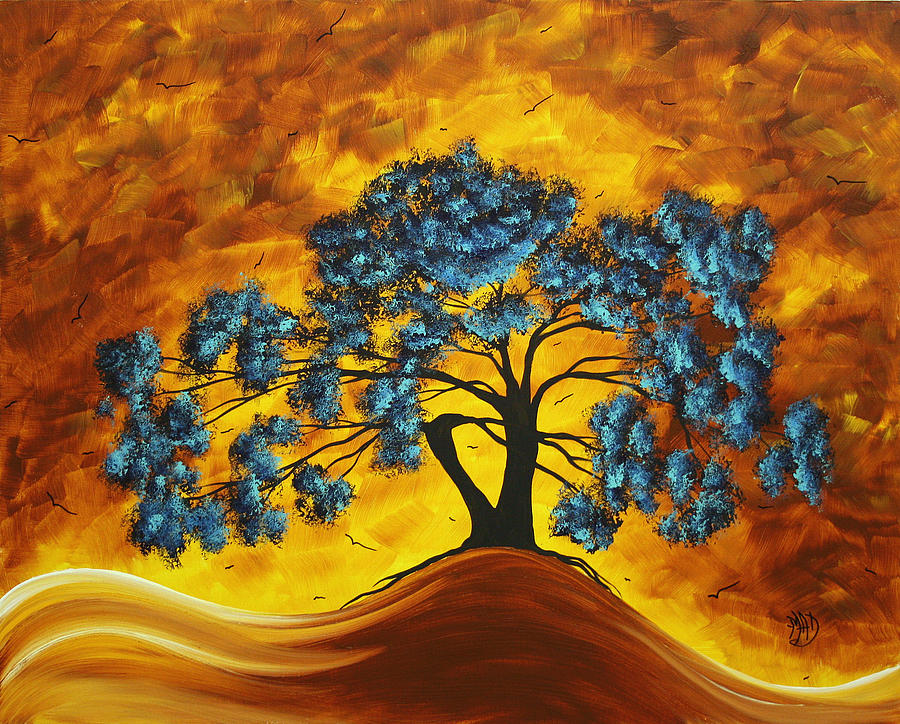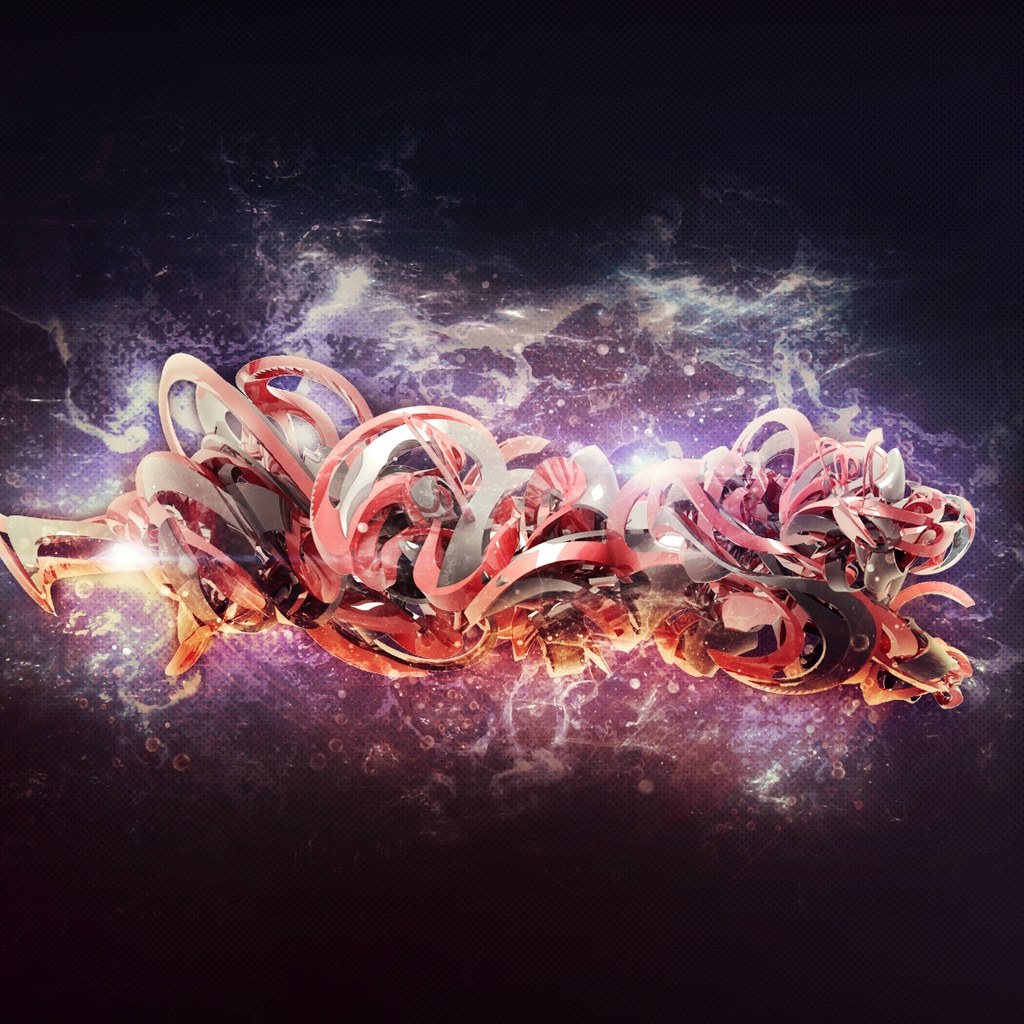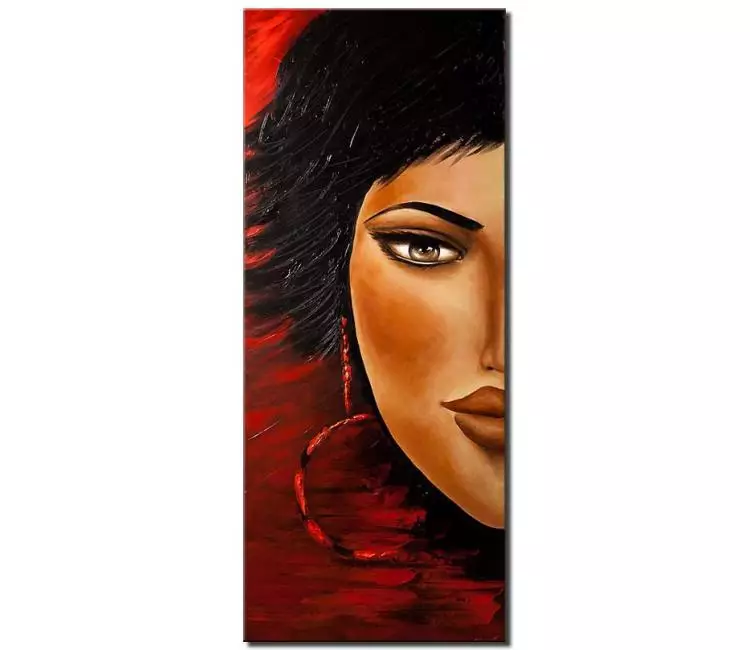What Is Abstract Art Definition
Source(Google.com.pk)Abstract art
It is not surprising then that following the Great Depression of the 1930s and the onset of the Second World War, artists again searched for a visual language that would express the difficult, dangerous and changing world around them. The language of abstract art enabled artists to discover a diverse range of new voices which communicated emotion, memory, inner strength, spiritual beliefs and provided a dramatic platform for them to have their say.
Artists have always sought new ways to express their changing world but the arrival of the twentieth century brought with it unprecedented scientific and technological developments that demanded an even bigger response. New ideas and more progressive thinking had to be reflected in art. Cezanne, Matisse and Picasso had already begun to move away from more traditional painting techniques and were moving towards abstraction in their work.
All aspects of life lend themselves to interpretation through abstract art – beliefs, fears, passions, a response to music or to nature, scientific and mathematical complexity, to name but a few, can all be used as subject matter and expressed freely and uniquely.
The abstract artist communicates with us in a way that allows us to find our own personal response to the work. Anyone who has stood before a Mark Rothko for the first time will recognise this feeling. A Rothko painting commands respect from the outset – you know immediately that it has something important to convey to you. As you stand before it, you feel yourself drawn in, surrounded by it and brought to a place of stillness, both in the painting and in yourself. It’s a feeling you might experience in meditation and it’s wonderful. You are there with the painting, with yourself and with all the emotion and spiritual energy Mark Rothko felt as he was making the piece. It is a humbling experience.
Abstract Arts & Abstract Paintings
IMAGINATION VS. COMMUNICATION
Imagination is the faculty or action of forming ideas in the mind and the ability to be creative and resourceful. The ability to originate communication, is in direct proportion with good imagination. The reverse is never true that imagination has to be imperiled first to result in failure of imagination to express thoughts and ideas. Imagination becomes thwarted and dulled in artists who become dependent upon others to reach out to them, to the point that they do not reach at all. These artists can then, greatly benefit, by rehabilitating the ability to originate, and initiate expressions of thoughts and emotions, and thus restoring their imaginative impulses in favor of creating communicative art.
Imagination is the driving force behind the artist’s dexterity by which he executes his art and the deftness by which he communicates his impulses as visual messages. The more refined the artist’s creative impulses, the clearer are his visual messages in sharing his thoughts, feelings, perceptions and other creative faculties with his audience. Imagination is the prior cause, which precedes the expression of art as its effect; a cause that unarguably and intrinsically, initiate itself in the future, as a postulate first, followed by an effect, which becomes expressed as a painting. Its conception is superior to its execution. Thus, the artist, through his imagination, continue to live in the future.
In the case of abstract expressionism, the art is the conduit for the dialogue, between the imagination and the audience, via the expression as a painting. The more the artist becomes intimately acquainted with the inherent truth, and virtues by which he was created himself, the more freer become his imaginative impulses, and the more spirited he can express his art.
Abstract expressionism, is a genuine fruit of the imagination. Imagination is the only form of wealth, that gives us art as its dividend. Imagination is where the art is conceived and germinated. Imagination does not work with reason, it does not attempt to classify the physical universe as real or imaginary, it does not assess or evaluate things into categories; it only conceives ideas and expresses them – nothing more.
The magic of art, does not exist in its execution, or presentation of feelings and mental imagery independently exterior to the mind. Execution, or presentation of the art, is the technical expertise; the externalization by which the art is expressed. The magic of art, particularly modern art, resides within the intellectual awareness of the mind, in conceiving and forming of ideas. The essence of creation, resides in its conception. When the artist, completes the formation of a conceptual idea, and it then arrives in the external world in the form of an abstract or modern painting, the artist has given birth to expression, and the creation process is complete.
Similarly, when we originate a verbal communication, the words we utter, are expressions of ideas we have already conceived and formed in our mind, what is being expressed in our speech. It is external to the boundaries of our imaginative and intellectual calculations, and subjected to the limitations of the physical or material means, by which they can be expressed; as it is not difficult to recall the times, when our thoughts or feelings, were far more beautiful, than what we have been able to express in our speech. The action of painting, the writing of words, the striking of the piano keyboard, are only the interpretations of the imagination in the field of thought and spirit. They do not exist in the realm of aesthetic creation, which is a spiritual pursuit.
An imaginative idea, is far greater in scope, than what the artist portrays on canvas. The expression, whether in the form of abstract painting, singing a song, writing a poem, or composing a piece of music, it is always limited to the boundaries and limitations by which they can be executed within the material world. Thereby, it is an alteration of truth conceived in the imagination. The extend of this alteration, as to how much the expression realizes, and fulfills the conception of the original idea released from the imagination, is not measurable, or fully known at this time.
A work of art is understood and appreciated by direct observation. Between the artist who creates the art, and the viewer who contemplates it, lies the magic: Expressive imagination. It is our own creative impulses, perceptions and recognition of the aesthetic expressions within the art, that allows us to experience what is being resonating to us from the artist; and thus, becoming engaged in a two way communication with the artist through his art; the art is an spiritual connection to the artist. Aesthetics, when fully perceived, elevates us into the serene realm of timelessness.
What Is Abstract Art Pictures Galleries Wallpaper Paintings
 What Is Abstract Art Pictures Galleries Wallpaper Paintings
What Is Abstract Art Pictures Galleries Wallpaper Paintings
 What Is Abstract Art Pictures Galleries Wallpaper Paintings
What Is Abstract Art Pictures Galleries Wallpaper Paintings
 What Is Abstract Art Pictures Galleries Wallpaper Paintings
What Is Abstract Art Pictures Galleries Wallpaper Paintings
 What Is Abstract Art Pictures Galleries Wallpaper Paintings
What Is Abstract Art Pictures Galleries Wallpaper Paintings
 What Is Abstract Art Pictures Galleries Wallpaper Paintings
What Is Abstract Art Pictures Galleries Wallpaper Paintings
 What Is Abstract Art Pictures Galleries Wallpaper Paintings
What Is Abstract Art Pictures Galleries Wallpaper Paintings
 What Is Abstract Art Pictures Galleries Wallpaper Paintings
What Is Abstract Art Pictures Galleries Wallpaper Paintings
 What Is Abstract Art Pictures Galleries Wallpaper Paintings
What Is Abstract Art Pictures Galleries Wallpaper Paintings
 What Is Abstract Art Pictures Galleries Wallpaper Paintings
What Is Abstract Art Pictures Galleries Wallpaper Paintings
 What Is Abstract Art Pictures Galleries Wallpaper Paintings
What Is Abstract Art Pictures Galleries Wallpaper Paintings










No comments:
Post a Comment